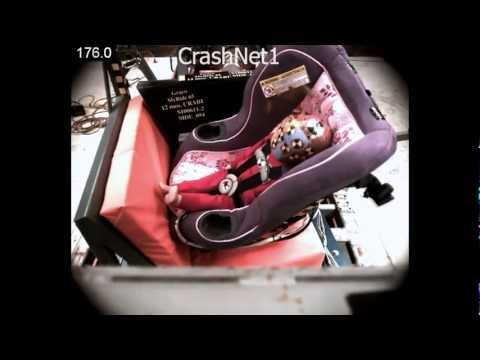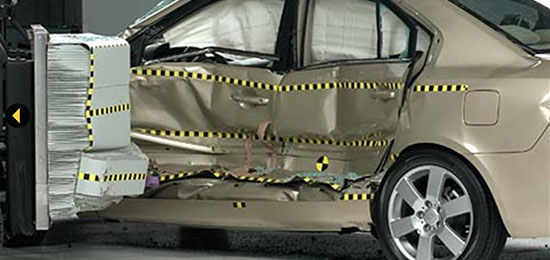This website uses cookies so that we can provide you with the best user experience possible. Cookie information is stored in your browser and performs functions such as recognising you when you return to our website and helping our team to understand which sections of the website you find most interesting and useful.
Experts focus on additional life-saving systems for rear seat occupants
General Motors Supplier Quality Excellence Award – 2013
September 4, 2013
NHTSA Proposes First-Ever Side Impact Test for Child Restraint Systems
April 24, 2014At a recent automotive safety seminar, Julie Brown, a research fellow at Neuroscience Research Australia, told the ‘Bringing up the rear’ safety seminar that rear seat safety in vehicles is being “neglected” by automotive manufacturers. “The rear seat has historically been neglected and now we think it’s the time to put some attention onto the rear seat because it’s a place where we can actually gain some reduction in injury and fatality numbers simply through using existing technologies,” said Dr. Brown, who recently headed an Australian sample study on rear seat occupant safety.
Dr. Brown went on to say that “We know that one in five passengers that have been admitted into hospital have been sitting in the rear seat and even though, in absolute numbers, most numbers come from front seat passengers or the driver. If you look at it in terms of proportionally to the deaths in each position, proportionally there are more deaths in the back seats than anywhere else.”
Lauchlan McIntosh, the chairman of the Australasian New Car Assessment Program (ANCAP), said “In the future, we’re actually talking about putting different dummys in the back seat and evaluating that in a separate rating away from normal occupants – certainly to start with,” he said.
Rear side impact protection has never been tested by the ANCAP, something that has allowed manufacturers to leave out potentially life-saving energy management solutions but still achieve a maximum five-star rating.
If you have a need for rear impact protection products on upcoming projects please contact the head and side impact experts at Oakwood Energy Management to understand how SafetyPlastic can meet your design challenges.


